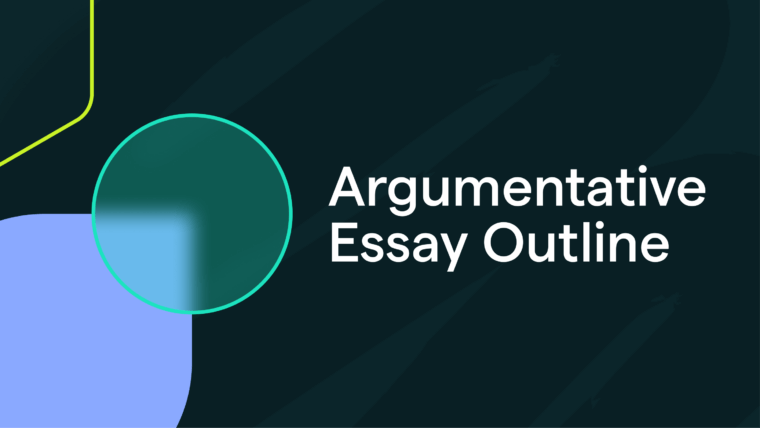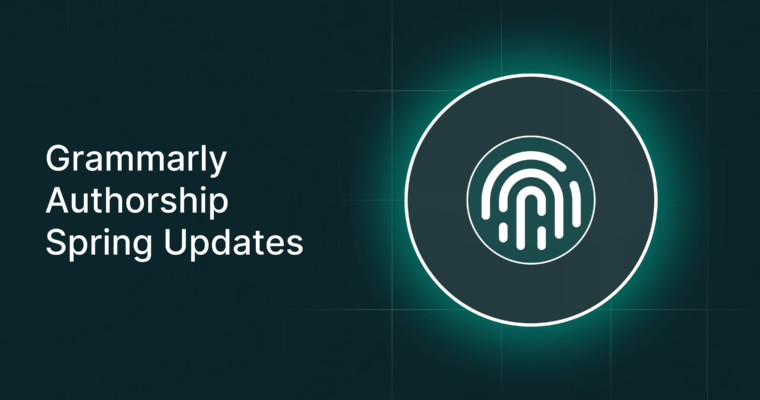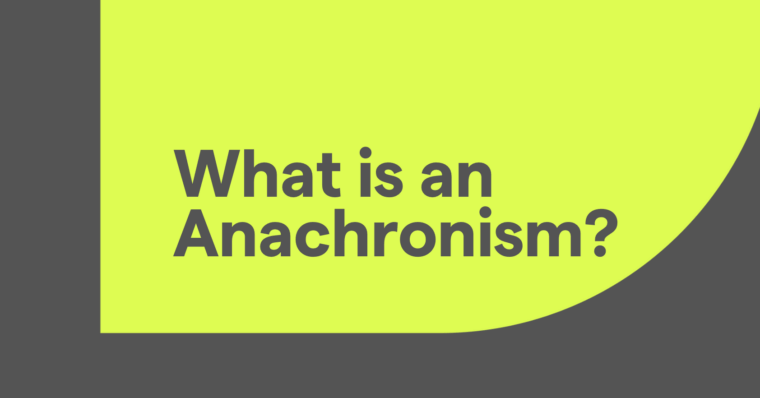
An argumentative essay is a piece of writing that uses logical evidence and empirical data to convince readers of a particular position on a topic. Because of its reliance on structure and planning, the first step in writing one is often drafting a solid argumentative essay outline.
Of course, drafting an argumentative essay outline can be just as daunting as actually writing one. Choosing topics is one thing, but organizing your thesis, research, reasoning, and conclusion is a whole other endeavor—and that’s all before beginning the first draft!
So in this quick guide, we explain how to make an effective argumentative essay outline, covering all three major formats: Classical (Aristotelian), Rogerian, and Toulmin. We’ll also include argumentative essay outline examples and templates to help you understand what works.
Table of contents
How is an argumentative essay structured?
How to create an argumentative essay outline
Classical argumentative essay outline template
Rogerian argumentative essay outline template
Toulmin argumentative essay outline template
How is an argumentative essay structured?
An argumentative essay uses facts, data, and logical reasoning to substantiate a specific stance on any given topic. They are typically structured to “build an argument,” with a clear thesis statement, unambiguous conclusion, and as much evidential support as needed.
While all seven types of essays follow the same introduction-body-conclusion structure, argumentative essays tend to be more complex to fit all the necessary components of a convincing argument. For example, you may want to dissect opposing points of view to strengthen your own argument, but where would you put that section? Before your argument? After? Intermingled throughout the essay with each new piece of evidence?
There’s no one right way to structure an argumentative essay; it depends on your topic, opposing viewpoints, and the readers, among other things. In fact, to accommodate different types of argumentative essay styles, three methods have emerged as the go-to formats: Classical (Aristotelian), Rogerian, and Toulmin, explained below.
No matter the format or topic, a strong argumentative essay outline makes it easier to organize your thoughts and present your case in the best possible way. So before you get down to the actual essay writing, take a little time to prepare what you want to say in an outline.
How to create an argumentative essay outline
Knowing how to write an outline is just half the battle. Because an argumentative essay outline requires extra structure and organization, it often requires more extensive planning than the standard essay outline. After all, the goal is to present the best argument for your topic, so you need to make sure each section is in the optimal place.
As mentioned, there are three main options for how to structure an argumentative essay. Before we dive into the details, let’s look at an overview of each so you can decide which one best fits your essay.
Classical (Aristotelian)
When to use it: straightforward and direct arguments
The most forthright approach, the Classical or Aristotelian format is closest to traditional essay structures. It follows a simple layout: explain your argument, explain your opposition’s argument, and then present your evidence, all the while relying on credibility (ethos), emotion (pathos), and reasoning (logos) to influence the reader.
Rogerian
When to use it: both sides make valid arguments; your readers are sympathetic to the opposing position
The Rogerian format gives ample respect to opposing stances, making it a great “middle-ground” approach for representing both sides. This method is ideal if your thesis is a compromise between conflicting positions or an attempt to unify them.
Likewise, this format is best if you’re writing for readers who are already biased toward an opposing position, such as if you’re arguing against societal norms.
Toulmin
When to use it: complicated arguments with multiple facets; rebuttals and counterarguments
The Toulmin method is a deep analysis of a single argument. Given its methodical and detailed nature, it works best for breaking down a complicated thesis into digestible portions.
The Toulmin method is rather nitpicky in a very systematic way. That makes it an ideal format if your essay is a rebuttal or counterargument to another essay—you’re able to dissect and disprove your opposition point by point while offering a more reasonable alternative.
Classical argumentative essay outline template
Aristotle had a gift for explaining things clearly and logically, and the Aristotelian argumentative essay structure leans into that. Also known as Classical or Classic, the Aristotelian format is the most straightforward: the writer presents their argument first and then refutes the opposing argument.
Let’s look at the details in this argumentative essay outline example for the Classical or Aristotelian format.
I. Introduction
A. Open with a hook, something to keep the reader interested enough to read until the conclusion (known as exordium)
B. Give any background information or context necessary to understand the topic (known as narratio)
C. Provide a thesis statement explaining your stance and why you feel that way (known as proposito and partitio)
II. First reason
A. Start with the least controversial reason to support your argument, explaining your point clearly as an overview
1. First evidential support of your reason (known as confirmatio)
2. Second evidential support of your reason, then third, and so on
B. Summarize your first reason again and tie it together with evidential support
III. Second reason, etc.
A. Continue to list your reasons in the same format as the first. List your reasons from least to most controversial
IV. First opposing point of view
A. Explain the reasoning of the opposing side. Point out their defenses and evidence—what would they say if they were writing the essay?
1. Point out weaknesses and inconsistencies in their argument
2. Refute their points with evidential support (known as refutatio)
3. Reinforce your position as the more reasonable position
V. Second opposing point of view, etc.
A. Continue to present and refute opposing points of view in the same format as the first
VI. Conclusion
A. Reiterate your position and thesis statement, drawing on your strongest evidential support and rebuttals of opposing points (known as peroratio)
B. Wrap everything up with a thought-provoking ending or call to action (a suggestion you want the reader to take)
Rogerian argumentative essay outline template
Of all formats, Rogerian gives the most attention to opposing arguments. Its goal is to create a middle ground between two arguments, pointing out the validity of each and finding a way to unify them as one. If positions on a particular topic are too polarized or unable to coexist, this format won’t work.
Let’s take a closer look at the Rogerian argumentative essay outline example below and notice the concessions for opposing points of view.
I. Introduction
A. State the problem that needs to be solved and any context necessary for understanding it
B. Explain the ideal solutions from your position as well as the ideal solutions from opposing positions (and point out any overlap)
C. Make your thesis statement
II. Summarize the opposing position
A. Summarize the opposition’s point of view respectfully; consider their defense and reasoning
1. Present evidential support for the opposing position
2. Comment on or refute their support
B. Follow the same format for additional opposing points of view
III. Validate the opposing position
A. Show that you understand and/or sympathize with the opposing position
1. Explain the context and reasoning behind your opposition’s perspective
2. Elaborate on the evidence and data from opposing positions
B. Affirm the areas in which you agree with the opposition
IV. Present your position
A. Summarize your first reason for holding your position
1. Present your first piece of evidential support
2. Present your second piece of evidential support, and so on
B. Summarize your second reason for holding your position, and so on
V. Bring both sides together (compromise)
A. Consider which aspects from each argument are most reasonable
B. Propose a compromise that combines the best elements from each position
VI. Conclusion
A. Reaffirm your respect for the opposing point of view
B. Reiterate the areas in which the opposition can benefit from your argument and vice versa
C. Summarize the earlier compromise and, if possible, end on a positive note
Toulmin argumentative essay outline template
Stephen Toulmin’s original purpose was to analyze the nature of arguments, but the application of his teachings has evolved into an argumentative essay format, especially for challenging existing arguments. It focuses on the six elements that make up a good argument: claim (thesis), grounds (data and reasons), warrants, backings, qualifiers, and rebuttals.
The argumentative essay outline example below shows the recommended order in which to put these elements:
I. Introduction
A. Open with a hook, if you can, to garner interest
B. Explain the topic and its necessary context
C. Make your thesis statement
II. Present the grounds (hard evidence) to validate your thesis
A. Present your first evidential support of data or logical reasons
B. Present your second evidential support of data or logical reasons, and so on
III. Explain your first warrant (justification for your thesis)
A. Explain how the warrant relates back to your thesis
B. Provide backing to support your warrant (could be more evidence or data or just logical reasoning)
C. List any qualifiers that undermine or limit your warrant—the idea is to acknowledge any weaknesses in your own argument
IV. Explain your second warrant, and so on
A. Continue to explain your individual warrants as above
V. Discuss opposition
A. Explain the first opposing point of view
1. Discuss the opposition fairly and transparently
2. Explain your rebuttal to defend your thesis
B. Explain the second opposing point of view, and so on
VI. Conclusion
A. Connect all your warrants and data together
B. Reiterate the opposing position and your rebuttals
C. Draw a conclusion to make your final claim and reaffirm your thesis
Argumentative essay FAQs
What is an argumentative essay?
An argumentative essay is a short, nonfiction piece of writing that uses logical evidence and empirical data to convince the reader of a certain point of view.
How is an argumentative essay structured?
Argumentative essays typically include an explanation of the writer’s position (thesis), evidence supporting that thesis, opposing points of view, and rebuttals against that opposition. The order in which these sections are presented, however, depends on the format.
What are some common ways to organize an argumentative essay outline?
The most straightforward approach to an argumentative essay outline is to first present your position, including the evidence and reasoning to back it up, and then address the opposing points of view. However, the more complex the topic, the more layers must be added to the outline.





